![A Modern PR Interview with Amy Rosenberg [Podcast]](https://www.veracityagency.com/wp-content/uploads/Modern-PR-Interview-800x600-2.jpg)
A Modern PR Interview with Amy Rosenberg [Podcast]
A Modern PR Interview
Author Amy Rosenberg provides insight into her new book.
In this episode of the PR Talk Podcast, I get to be the host and interview Amy about her new book A Modern Guide to Public Relations. Listen now to hear about:
Maximize everything
There are opportunities to “do all the things.” This means going above and beyond what is directly in front of you and to think about the details (e.g. how you label and title your photos to help the press or help with your SEO). Another example is if you are going to write social copy, don’t just write the same thing for every platform you are on, customize them for maximum effect on each channel. And when you get a PR hit, don’t just give yourself a high-five, think about what to do after you get press.
Perfection is the enemy
Perfectionism can seem like a great attribute from the outside, but it really isn’t good as we need to have balance. Being able to stop before perfect and knowing when good enough is, well good enough as nothing is ever perfect. Perfectionism is a wonderful crutch for procrastination.
The “PR Mindset”
Amy talks about the PR Mindset and how it can set you up in any career. The PR Mindset comes from being an optimist and a maximizer. Key PR ways of doing things including being organized, having tenacity, taking your work with you wherever you go (Amy mentions work/life flow or meld which we may talk about in a future episode) and that you follow the news (meaning you know what is going on in the world) and then you can truly operate from gut instinct.
Living the PR Lifestyle
The PR Lifestyle includes ethics, teamwork, cooperation with competitors and maintaining connections. It is also taking our work with us, in a good way, meaning we can solve issues or have great brainstorms in the shower and on the road. It is really understanding your business and industry so you can get to the point of knowing what to do on gut instinct. It is writing and reading. PR has a lot of writing and you can’t write if you don’t read. This means reading every day, and scrolling through Instagram and Twitter don’t count. You have to pick up a book (or other reading device).
Additionally, I share a couple of my favorite quotes from the book, including:
Your phone ringing off the hook with calls from PR people — college-educated telemarketers in disguise — a couple hundred times a day
Amy is expressing empathy for the members of the media that are on the receiving end of the (hopefully) well-intended pitch from a (potentially) overly-aggressive PR. A bit tongue-in-cheek of course.
If doing all the work without any of the glory leaves you feeling like a slighted Cinderella step-sister, welcome to PR.
It’s not all bells and balls, as Amy shared in another recent post that “Public Relations Isn’t Just for Red Carpets.”
Don’t Miss an Episode
You can access more great episodes by subscribing to the PR Talk podcast on iTunes, Stitcher, Google Podcasts, iHeart Radio and Spotify.
This episode of PR Talk is brought to you by PRSA Oregon
Throughout Oregon and Southwest Washington, PRSA provides members with networking, mentorship, skill building and professional development opportunities – whether you are a new professional fresh out of college or a skilled expert with 20 years in the industry. Check out PRSAoregon.org for more information on how membership can help you grow and connect.

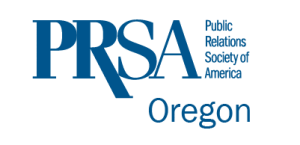

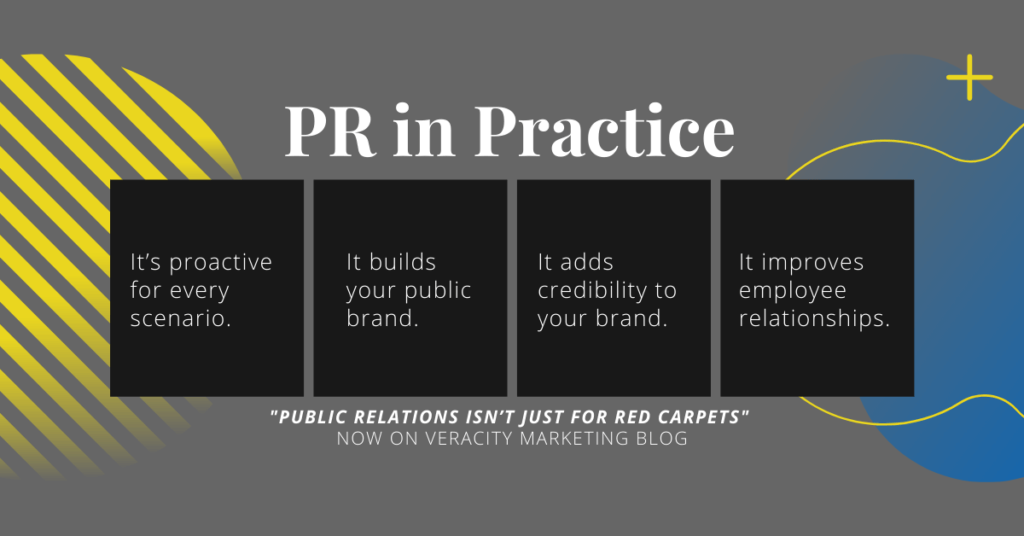
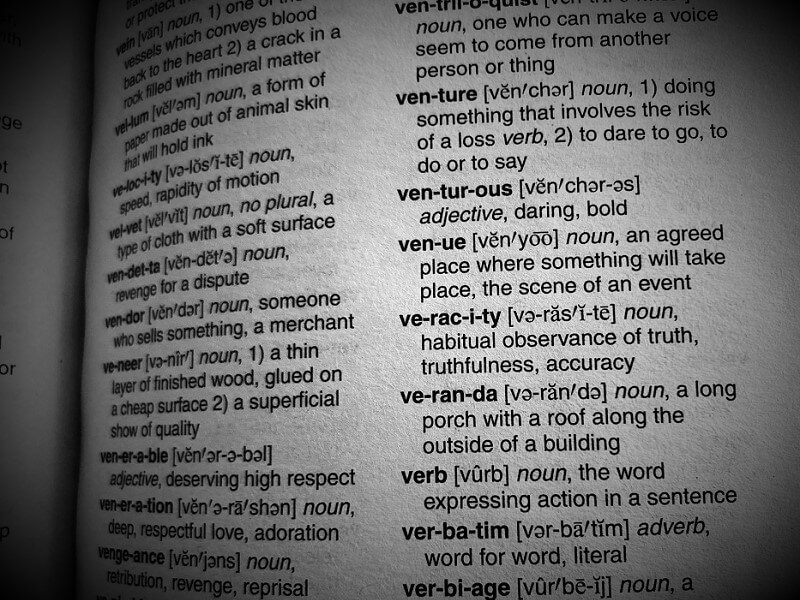

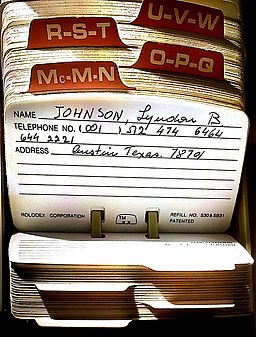
![Habit Change [Podcast]](https://www.veracityagency.com/wp-content/uploads/PR-Talk-Podcast_feature_Habit-Change.jpg)
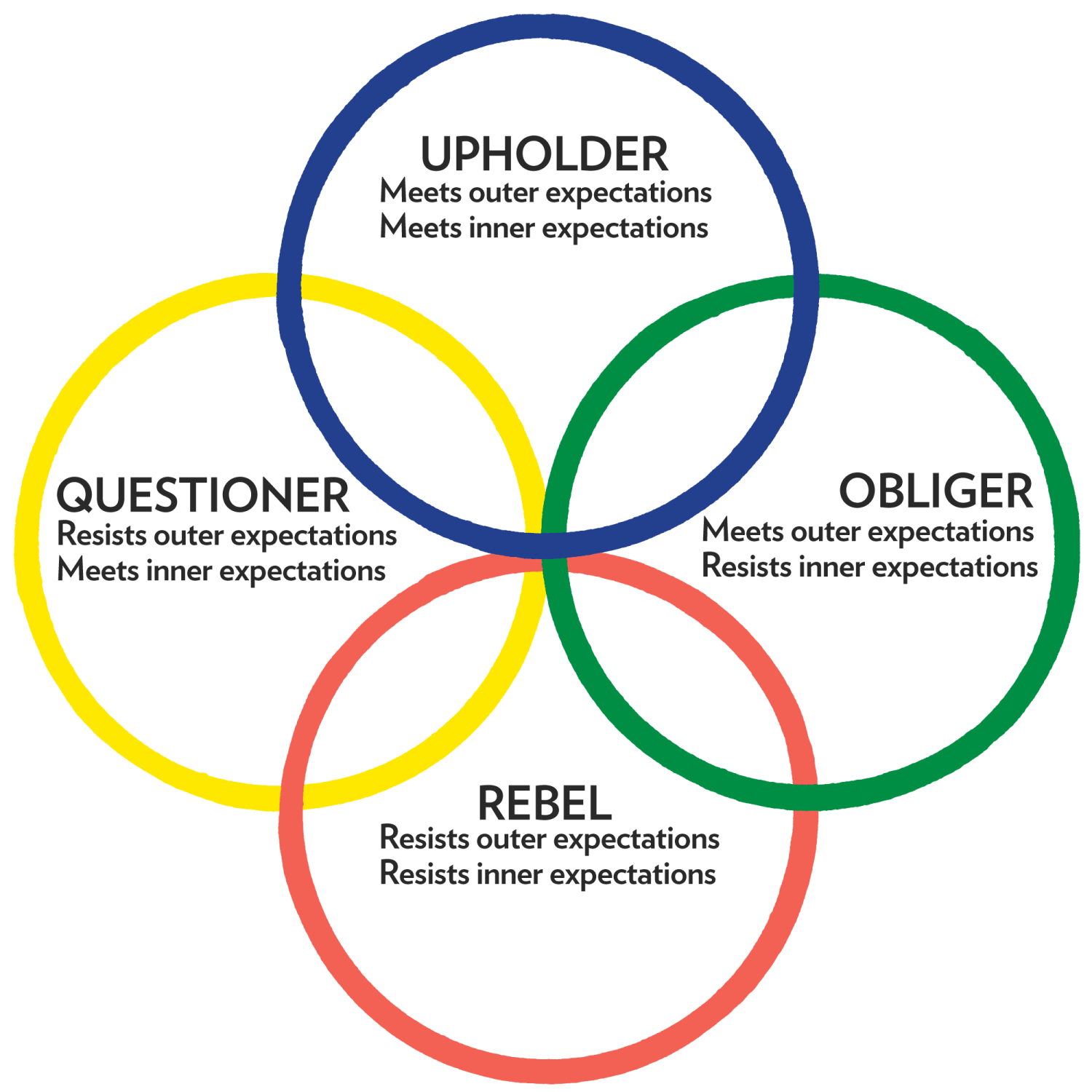
![Work/Life Balance [Podcast]](https://www.veracityagency.com/wp-content/uploads/PR-Talk-Podcast_Work-Life-Balance.jpg)
![Forget Your Story [Podcast]](https://www.veracityagency.com/wp-content/uploads/Forget-Your-Story-800x600-1.jpg)



